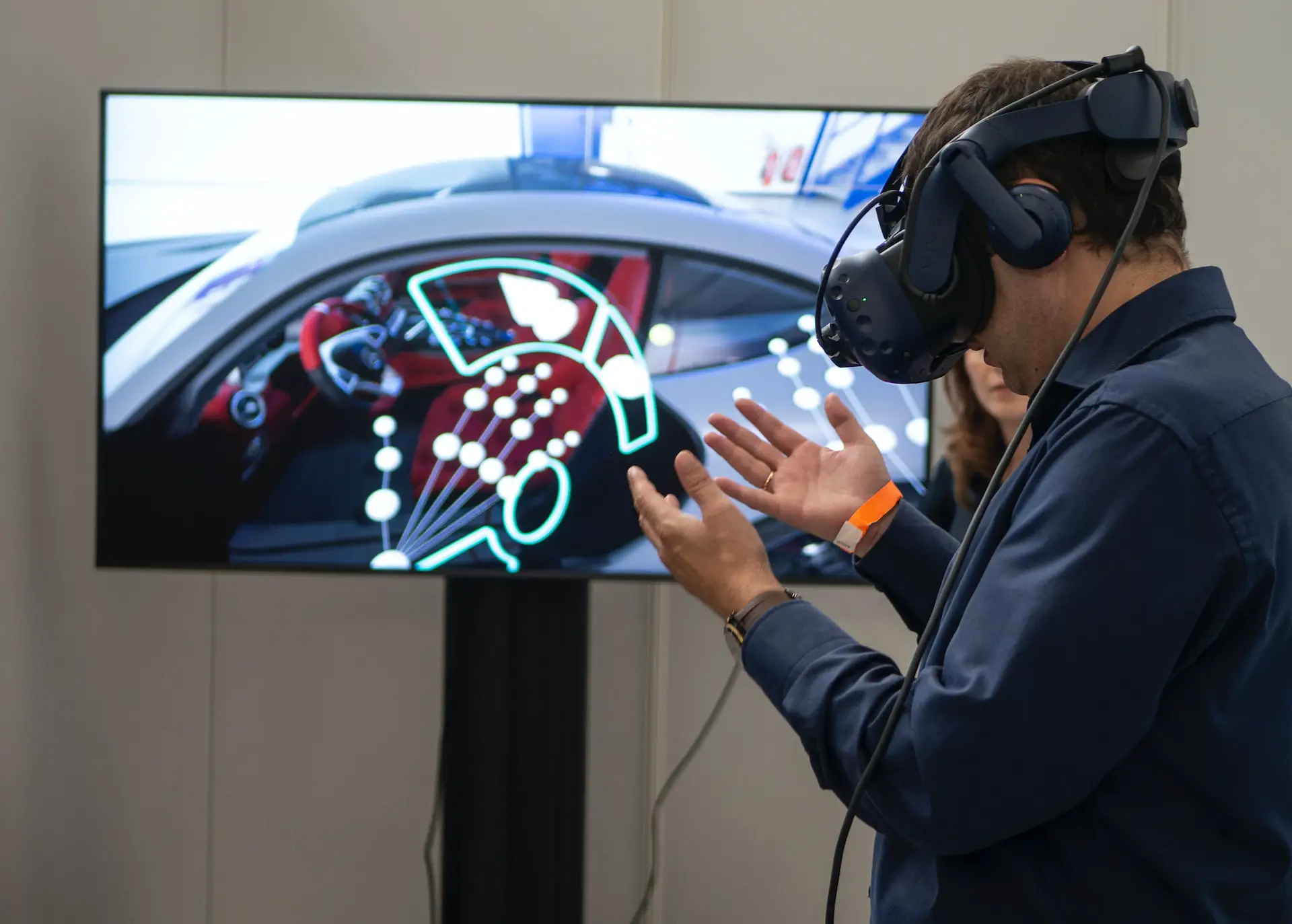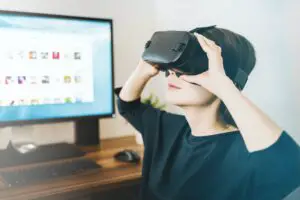Augmented and virtual reality are two of the most revolutionary technologies to hit the market in recent years. They have profoundly impacted every industry, from entertainment and gaming to healthcare and education.
In entertainment, AR and VR have revolutionized how people experience movies, video games, and other forms of media. But how do augmented and virtual reality change mobile applications? Here are some ideas.
Gaming
Augmented and virtual reality can completely change the way people play mobile games. Instead of swiping and tapping on a phone screen, gamers can fully immerse themselves in their gaming experience. People feel inside the game, enhancing visual and audio cues.
With the right technology, players can interact with the environment, objects, and characters in a virtual world. As a result, gaming becomes more immersive and enjoyable as the things players see and hear will feel more realistic than they used to be.
Interior Design
Augmented and virtual reality can be used to help interior designers create and visualize a space before committing to it. With the help of 3D scanning technology, designers can create a virtual space that is true to scale and can be easily manipulated.
By using a headset, designers can move through the virtual space and make changes to it without moving any furniture or objects physically. It makes it easier and faster to experiment with different ideas and develop the best possible design.
eCommerce
Augmented and virtual reality can be used in eCommerce to give customers a better shopping experience. For example, customers can use a headset to try on clothes, shoes, or makeup without trying them on physically.
They can also use a headset to take a virtual tour of a store, browse products, and compare prices. The feature makes it easier for customers to make decisions and purchase products without leaving their homes, allowing them to see products digitally.
Education
AR and VR can be used to enhance the learning experience for students. With virtual reality, students can be immersed in a simulated environment that allows them to explore, interact with, and learn about new concepts.
For example, students can explore a 3D model of the solar system or a virtual lab to perform experiments. Augmented reality can provide real-time feedback on student performance, make lessons more engaging, and offer an interactive learning experience.
Training
AR and VR can be used to train people in various fields. For example, medical professionals can use virtual reality to practice complex procedures in a safe environment.
In the military, augmented reality can train soldiers in combat, while virtual reality can simulate battlefields and other dangerous environments. Both augmented and virtual reality can also train people in fields such as manufacturing, engineering, and aviation.
Healthcare
AR and VR can be used to improve healthcare in numerous ways. For example, doctors can use augmented reality to view patient data intuitively. Virtual reality can also be used to help treat psychological conditions such as anxiety and phobias.
In addition, augmented and virtual reality can help diagnose medical conditions and provide remote medical consultations. Finally, augmented and virtual reality can help educate medical students by providing immersive learning experiences.
Conclusion
The introduction of AR (Augmented reality) and VR (Virtual reality) into the mobile device market has revolutionized how people use their devices. AR and VR technology allow users to interact with the world in ways that were never possible. With AR, users can place virtual objects in the real world to enhance their experiences, while VR allows users to completely immerse themselves in a virtual world.
AR VR News covers everything about immersive technology. We talk about augmented and virtual reality, following the latest trends and updates from the industry. Check out the latest AR and VR applications and install them on a smartphone or tablet through our website today.
Follow us on Linkedin.
Read other Articles




